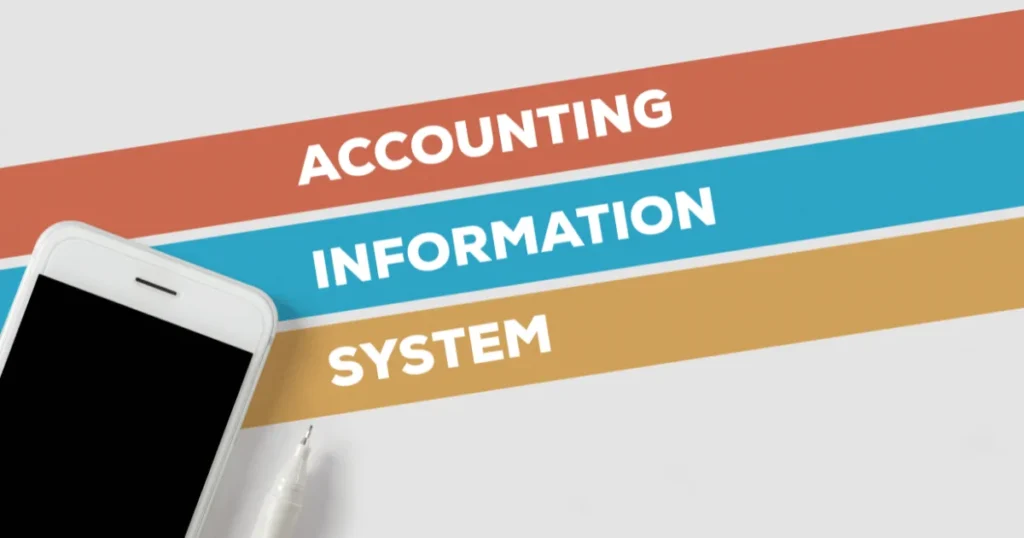In the world of finance and accounting, assets play a crucial role in determining the financial health and stability of an individual, business, or organization. Understanding what assets are and how they are classified is essential for making informed financial decisions. In this blog post, we will delve into the concept of assets, explore the different types of assets, and discuss their significance in financial management.

Introduction to Assets
Assets are resources that hold economic value and are owned or controlled by an individual, company, or government. These resources can be tangible or intangible and are utilized to generate revenue, provide value, or support operations. Assets are a key component of the balance sheet, which provides a snapshot of an entity’s financial position at a specific point in time.
Types of Assets
Tangible Assets
Tangible assets are physical assets that can be touched, seen, and quantified. Examples of tangible assets include real estate, machinery, equipment, inventory, and vehicles. These assets are essential for the day-to-day operations of a business and are typically easier to value compared to intangible assets.
Intangible Assets
Intangible assets lack physical substance but hold significant value for an organization. Examples of intangible assets include patents, trademarks, copyrights, goodwill, and intellectual property. While intangible assets are not easily quantifiable, they can contribute significantly to a company’s competitive advantage and long-term success.
Financial Assets
Financial assets are liquid assets that can be easily converted into cash. Examples of financial assets include stocks, bonds, mutual funds, and cash equivalents. These assets are typically held for investment purposes or to meet short-term liquidity needs.
Fixed Assets
Fixed assets are long-term assets that are used in the production of goods or services and are not intended for resale. Examples of fixed assets include buildings, land, machinery, and technology infrastructure. Fixed assets are depreciated over time to reflect their gradual loss of value due to wear and tear.
Current Assets
Current assets are short-term assets that can be converted into cash within one year or one operating cycle. Examples of current assets include cash, accounts receivable, inventory, and short-term investments. Current assets play a vital role in assessing an entity’s liquidity and short-term financial health.
Importance of Assets
Assets are essential for determining an entity’s financial strength, solvency, and overall performance. Here are some key reasons why assets are important:
Measure of Wealth
Assets represent the value of resources owned by an individual or organization. The total value of assets provides insight into the wealth and net worth of an entity.
Investment Opportunities
Assets can be utilized to generate income through investments in stocks, bonds, real estate, or other financial instruments. By strategically allocating assets, individuals and businesses can maximize returns and achieve their financial goals.
Collateral for Loans
Assets can be used as collateral to secure loans from financial institutions. Lenders often require borrowers to pledge assets as security to mitigate the risk of default.
Business Operations
Assets such as machinery, equipment, and technology infrastructure are essential for conducting day-to-day business operations. Without these assets, businesses would struggle to produce goods and services efficiently.
Asset Management Strategies
Effective asset management is crucial for optimizing the use of resources, minimizing risks, and maximizing returns. Here are some key strategies for managing assets effectively:
Asset Tracking
Implementing a robust asset tracking system enables organizations to monitor the location, condition, and utilization of assets in real-time. Asset tracking helps prevent loss, theft, or misplacement of valuable resources.
Asset Maintenance
Regular maintenance and upkeep of assets are essential to prolong their lifespan and ensure optimal performance. By investing in preventive maintenance measures, organizations can avoid costly repairs or replacements.
Asset Valuation
Accurately valuing assets is critical for financial reporting, tax compliance, and decision-making purposes. Organizations should regularly assess the fair market value of their assets to reflect changes in market conditions and depreciation.
Asset Diversification
Diversifying asset holdings across different asset classes can help reduce risk exposure and enhance portfolio returns. By spreading investments across various asset categories, individuals can mitigate the impact of market volatility on their overall wealth.
Risks Associated with Assets
While assets provide numerous benefits, they also carry certain risks that individuals and organizations need to be aware of:
Market Risk
Market risk refers to the potential for asset values to fluctuate due to changes in market conditions such as interest rates, inflation, or economic instability. Investments in stocks, bonds, and other financial instruments are exposed to market risk.
Liquidity Risk
Liquidity risk arises when an individual or organization is unable to convert assets into cash quickly without incurring a significant loss. Illiquid assets such as real estate or collectibles may take time to sell at a fair price.
Operational Risk
Operational risk stems from internal processes, systems, or human error that can impact the value or performance of assets. Inadequate asset management practices or lack of internal controls can expose organizations to operational risk.
Accounting for Assets
In accounting, assets are recorded on the balance sheet based on their historical cost or fair market value. Different accounting standards dictate how assets are classified, valued, and reported in financial statements. Here are some key accounting principles related to assets:
Asset Recognition
Assets are recognized on the balance sheet when they meet specific criteria such as being controlled by the entity and generating future economic benefits. The cost of acquiring or producing an asset is capitalized as part of the asset’s value.
Depreciation
Depreciation is the process of allocating the cost of a fixed asset over its useful life to reflect its gradual consumption or obsolescence. Depreciation expense is recorded on the income statement to reduce the carrying value of the asset on the balance sheet.
Impairment
Impairment occurs when the carrying amount of an asset exceeds its recoverable amount, leading to a write-down in the asset’s value. Impairment charges are recognized in the income statement to reflect the reduced value of the impaired asset.
Evaluating Asset Performance
Measuring the performance of assets is essential for assessing their contribution to overall profitability and growth. Key performance indicators (KPIs) can help evaluate how effectively assets are being utilized and managed. Some common KPIs for evaluating asset performance include:
Return on Assets (ROA)
ROA measures the efficiency of asset utilization in generating profits. It is calculated by dividing net income by average total assets and is expressed as a percentage. A higher ROA indicates better asset productivity.
Asset Turnover Ratio
The asset turnover ratio measures how efficiently a company utilizes its assets to generate revenue. It is calculated by dividing net sales by average total assets and indicates how many dollars of revenue are generated per dollar of assets.
Fixed Asset Turnover
The fixed asset turnover ratio specifically evaluates the efficiency of fixed assets in generating revenue. It is calculated by dividing net sales by average fixed assets and helps assess the productivity of long-term capital investments.
Conclusion
Assets play a fundamental role in the financial landscape by representing valuable resources that contribute to wealth creation, investment opportunities, and operational efficiency. Understanding the different types of assets, their significance, management strategies, risks, accounting principles, performance evaluation metrics, and future trends is essential for making informed financial decisions and achieving long-term financial success.
Read more: What is Accounting information systems?


